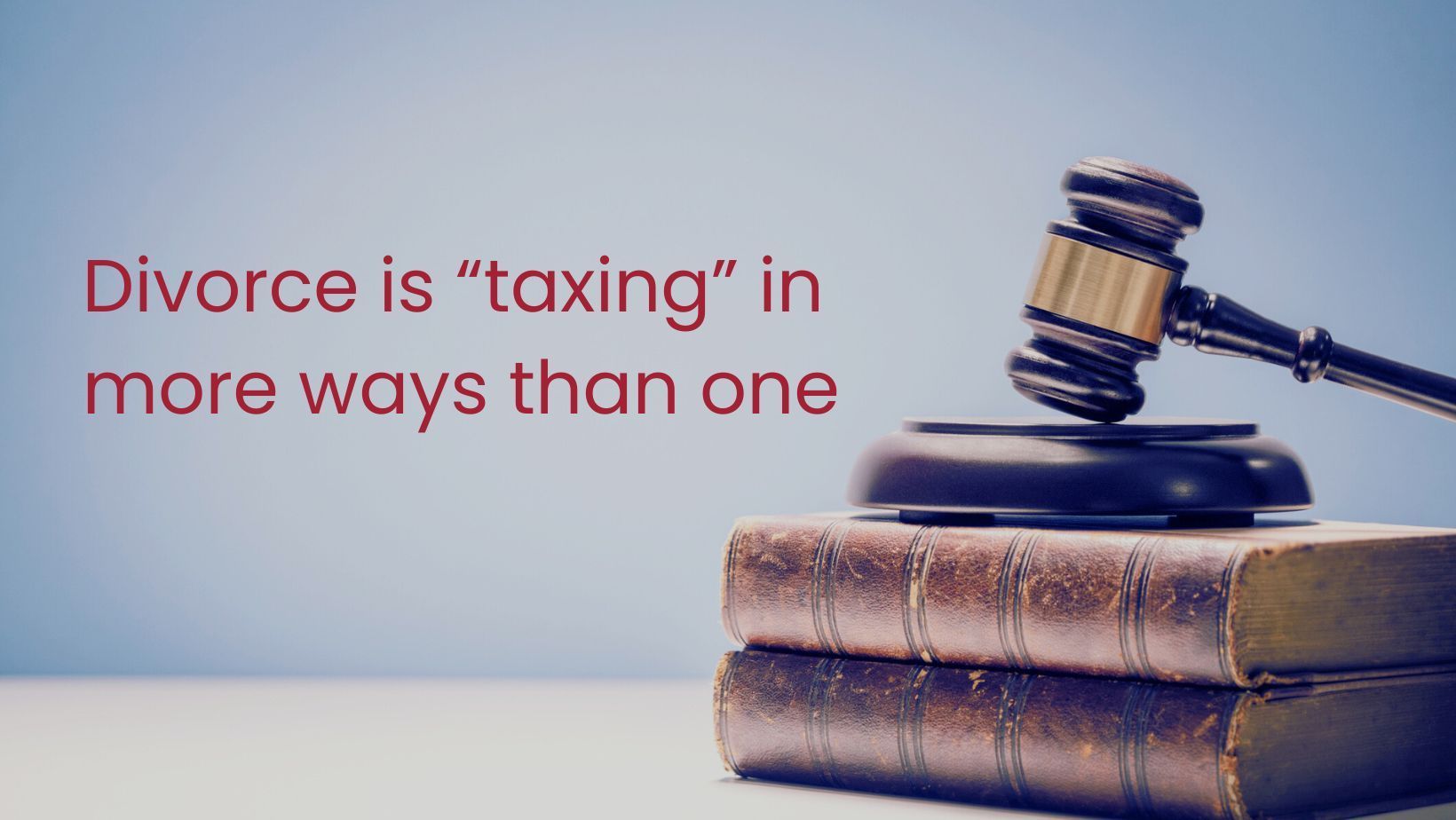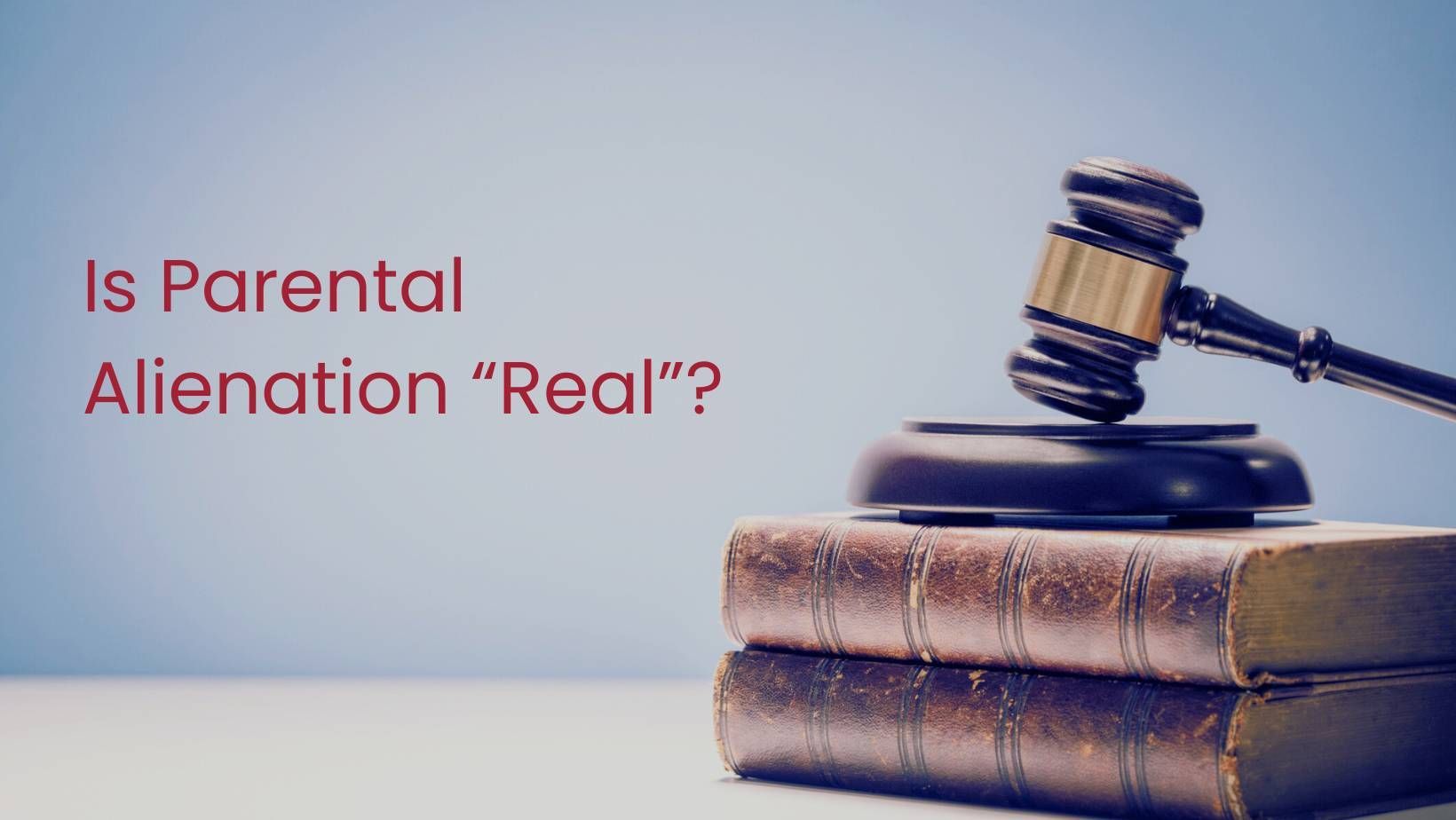Marital Standard of Living and Spousal Support
- By Daniel R. Gold
- •
- 20 Feb, 2020
- •
Marital Standard of Living and Spousal Support
How Do the Courts Decide Spousal Support?
Introduction
When a marriage finally dissolves, the two parties will eventually have two households. Each will need to pay separate living expenses. One person usually has a higher income than the other, and while there is a statutory list of about 14 items the State of California has outlined, there are three that apply most directly to the ‘Marital Standard of Living’ (sometimes abbreviated MSOL or MSL) section. (1) each party’s earning ability, (2) each party’s ability to pay support, and (3) each party’s needs as viewed through the Marital Standard of Living evaluation. While the three assessments look straightforward enough, the courts have found murky areas that can affect both parties—the supporting and the supported person—significantly. As always, the courts are looking to answer that most important question:What’s fair?
Definition of Marital Standard of Living
While the California Family Code recognizes that financial circumstances fluctuate over time, the Marital Standard of Living is ‘calculated’ by considering the couple’s lifestyle just before the divorce. Otherwise, and in general terms, the Marital Standard of Living is a measure to ensure that the lower-earning spouse (maybe the one taking care of the household and children or aging parents, these days) is not negatively affected after the marriage dissolves.
It should be noted that the Marital Standard of Living is less relevant with passing time as seen in Marriage of Rising (1999) 76 Cal. App. 4th 472 the Court ruling, which we will discuss in our next blog post, “Three Ways the Length of Your Marriage Affects the Divorce Settlement.”
The Courts Have Interpreted and Ruled Quite Differently
You may have noticed the lifestyle “just before the divorce” phrase above. Two cases stand out in this regard.
1) The parties in Marriage of Smith (1990) 225 Cal. App3d 469 went to lavish parties and lived considerably beyond their means. They financed their excessive lifestyle by accessing credit they did not have. The supported party wanted to continue living after the divorce in the same manner as before, and requested a high spousal support figure. The Court, in that case, gave little weight to the high-flying, credit-card-supported Marital Standard of Living, and decided that it would not be fair to force the supporting party to continue buying champagne and caviar for their soon-to-be “ex.”2) In quite the opposite case, in Marriage of Drapeau (2001) 93 Cal. App.4th 1086 the Court ruled that Savings & Investments” were relevant categories of expenses as part of this couple’s Marital Standard of Living. The judge ruled that support for the lower-earning spouse should be sufficient for her (in this case) to continue making investments as well as paying her living expenses. In this case, the family spent very frugally and lived considerably below their means to invest a significant portion of their income.
What’s Fair?
No one plans to get a divorce. As of 2018, the Center for Disease Control CDC reported the divorce rate in the United States was 2.9 per 1000 people (excludes California, which has not reported to the CDC since before the year 2000). The Pew Research Center, however, says that the ‘gray divorce’ (couples over 50) stood at 10 per every 1000 people (up from 5 per 1000 in 1990). This statistic is particularly relevant to the Marital Standard of Living spousal support element, as incomes and standard of living tend to rise with age.
The fact remains: When a marriage dissolves, there will be two households, two mortgage or rent payments, two sets of utility bills, repairs, etc. The caregiving duties will be split. Someone needs to either take care of the children and/or elders or pay for them to be watched while they go to work.
Bottom Line
The Marital Standard of Living part of the California Family Code attempts to make the final outlay by the supporting individual something they can afford while trying to assure that the lower-earning spouse can make ends meet. It is hoped that each party will have the sense that their quality of life after divorce is somewhat similar to the pre-divorce scenario. It doesn’t always work perfectly.
Our firm tries our best to make sure both parties are happy, and we attempt to rectify errors that may occur when the judge may have missed their morning coffee on the day of your trial. Please contact us if you’re struggling. We’re here to help.
* * *
Daniel R. Gold is one of TLD Law’s Partners and heads up the Family Law Department at the firm. As a Certified Family Law Specialist, he is one of only 5% of the attorneys in the state of California with the certified specialist designation in this delicate area of justice.










